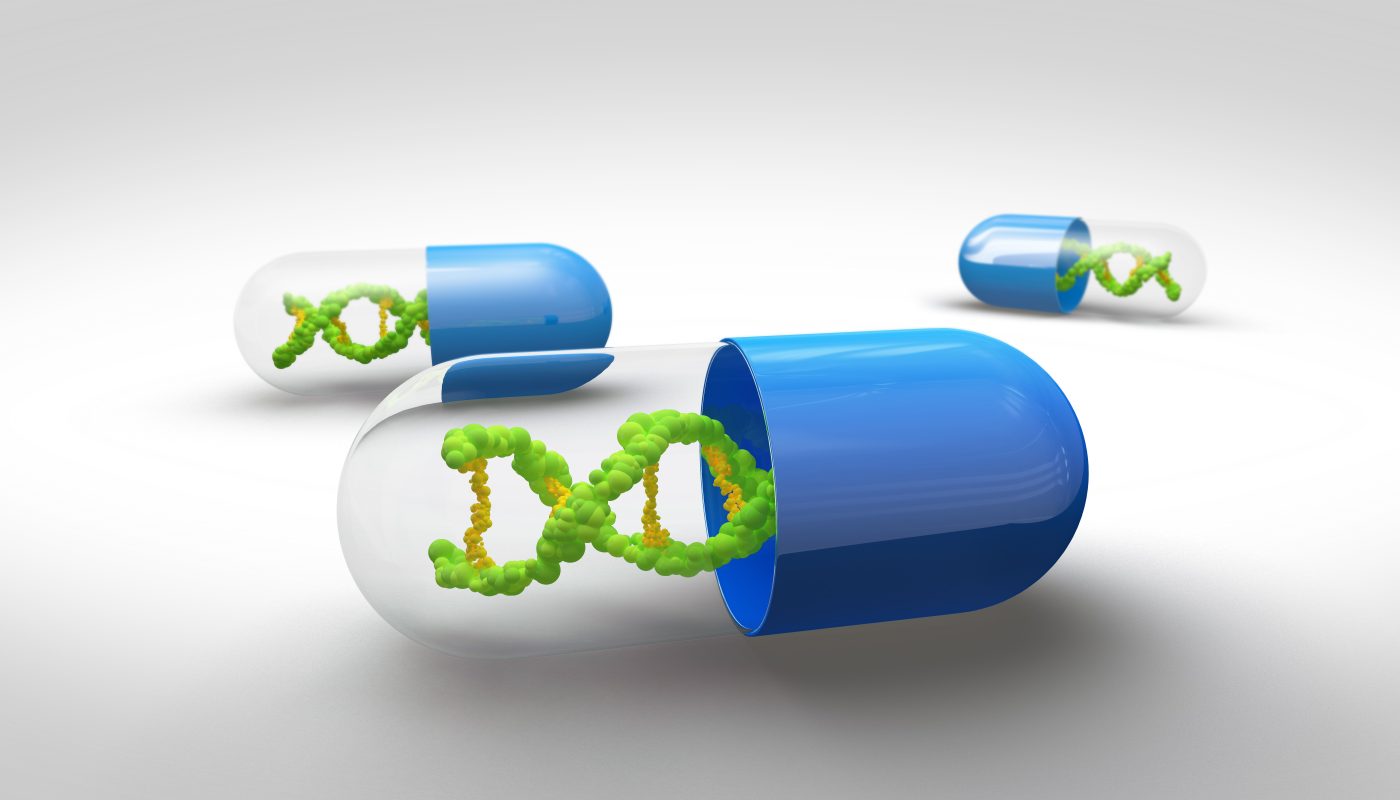Gene Therapy May Safely Counter Muscle Wasting Process in Muscular Dystrophy
by |

Researchers have developed a new gene therapy for muscle wasting conditions, and are now working to bring into clinical use through a newly formed biotech venture.
The study describing the method, “Smad7 gene delivery prevents muscle wasting associated with cancer cachexia in mice,” published in the journal Science Translational Medicine, detailed how scientists managed to block the muscle wasting hormone myostatin only in heart and skeletal muscle in mice — effectively preventing muscle loss there without giving rise to the severe side effects that plagued some previous attempts at this goal.
Researchers studying muscle-wasting diseases such as muscular dystrophies and cachexia — muscle breakdown in cancer patients — have long had their eyes on myostatin. The hormone is known to act as a brake on muscle formation, preventing too much muscle from forming by balancing new muscle formation with breakdown.
Removing this brake in patients with muscular dystrophy and cachexia would enable them to grow muscle faster than its rapid breakdown pace, and many have attempted to develop treatment strategies based on blocking the hormone.
Unfortunately, myostatin acts in other parts of the body, too, so that while blocking it might give way to greater growth in muscles, that action also gives rise to serious side effects.
Four years ago, researchers from Washington State University teamed up with Paul Gregorevic and his colleagues at the Baker IDI Heart and Diabetes Institute in Australia in an attempt to create a new and safer gene therapy.
“I have a strong motivation to do something about this, to do more than simply publish results,” said Rodgers, a professor of animal sciences at, and director of, the Washington Center for Muscle Biology at Washington State, said in a news release. “My father died from cachexia, and my nephew has Duchenne muscular dystrophy, an incurable, fatal disease that could claim his life in his teens.”
Researchers decided to try a gene therapy approach where myostatin would be blocked only in heart and skeletal muscle. To make this happen, they used a virus, unable to cause disease, to deliver a gene into muscle cells. This gene is needed to produce a factor called Smad7, which, in turn, blocks two other factors in the molecular signaling route activated by myostatin. In this way, the muscle wasting pathway triggered by myostatin is blocked — but only in heart and skeletal muscle, since that is where the virus goes.
Rodgers has now started a new company, called AAVogen, to further develop the finding into a therapy for patients.
“I formed this company for one purpose: to move the science into society, to see it applied,” said Rodgers, adding; “Now we have a company with the potential to save a lot of lives.







